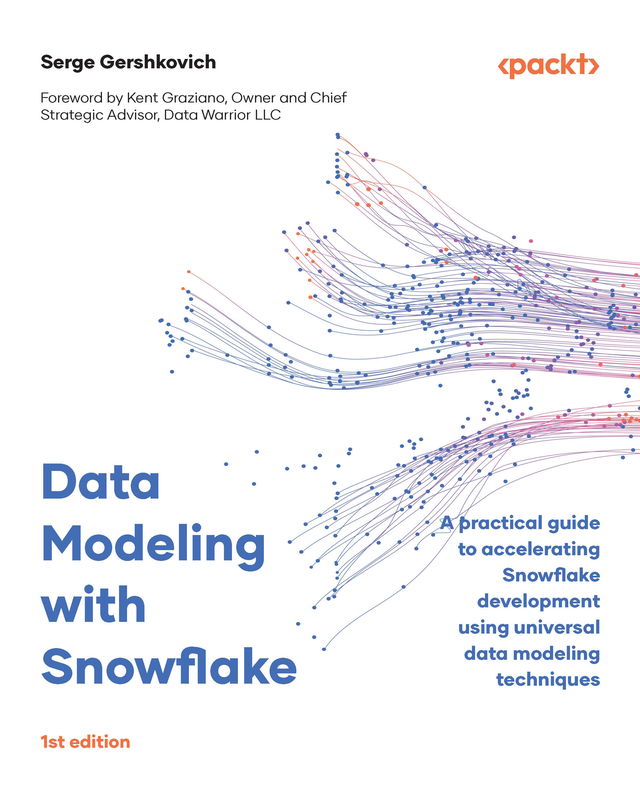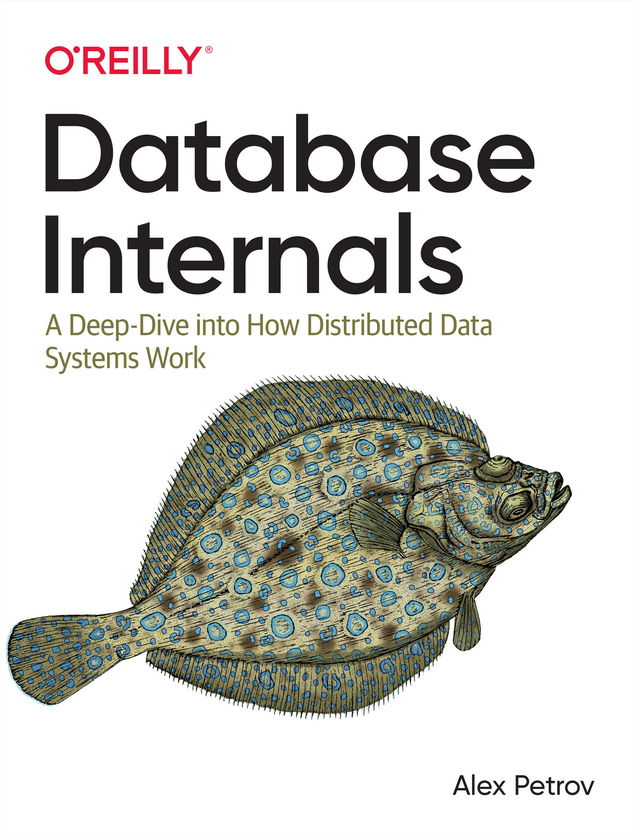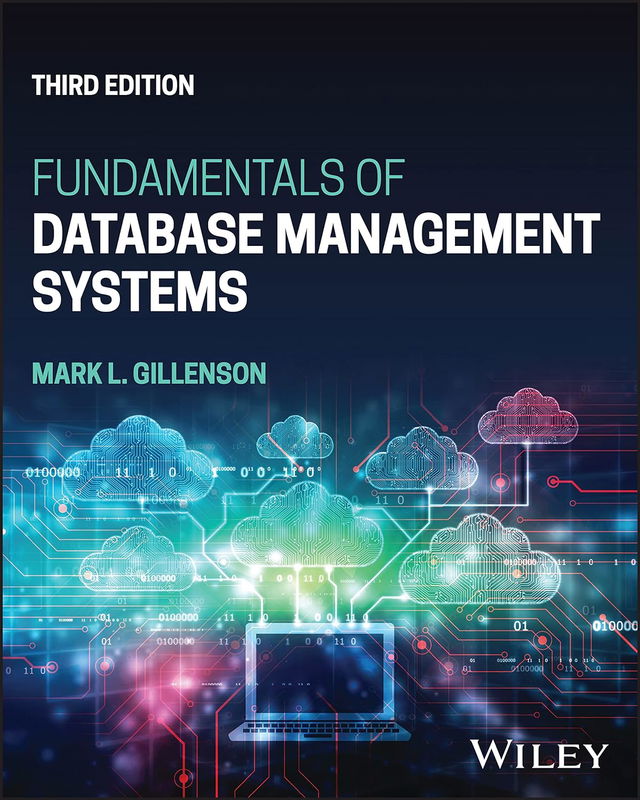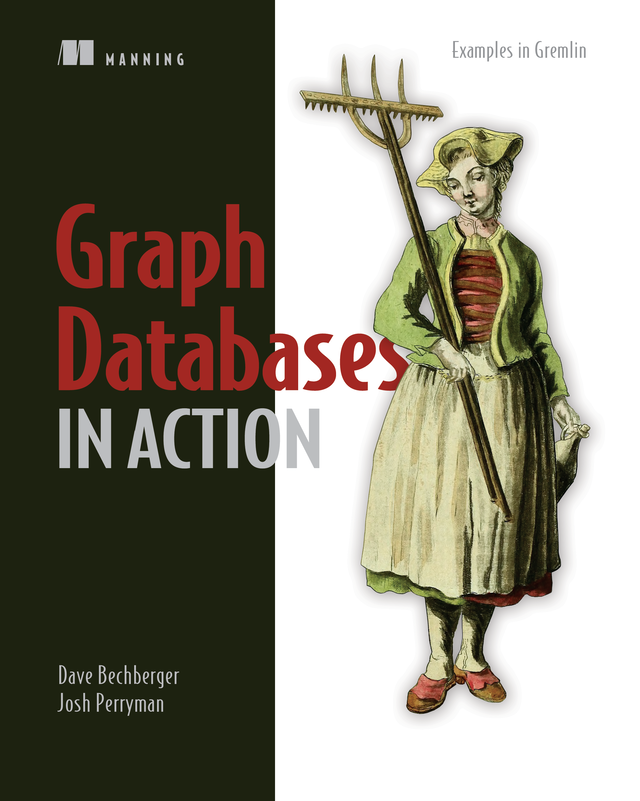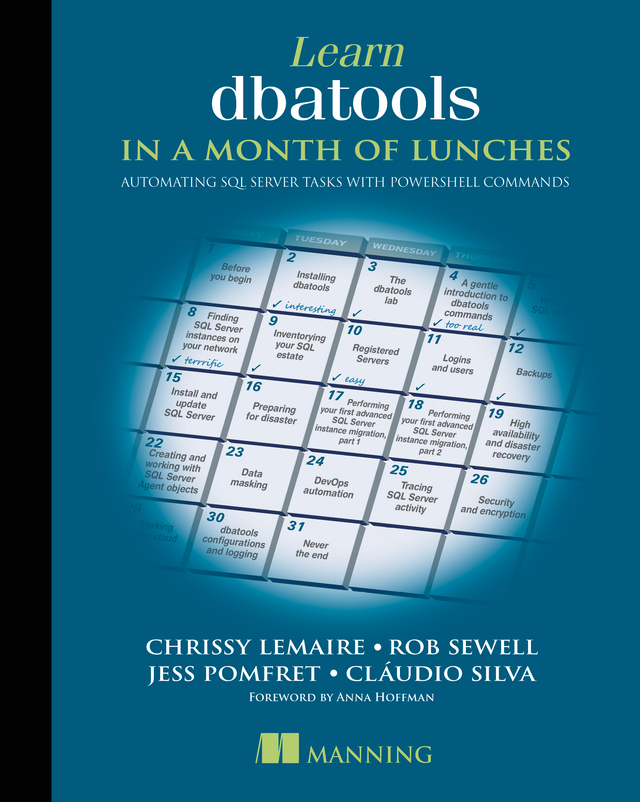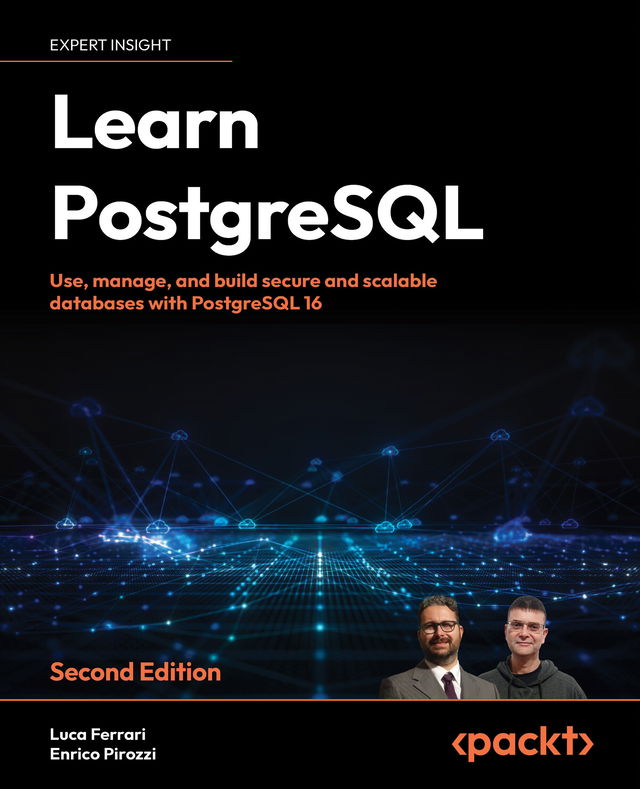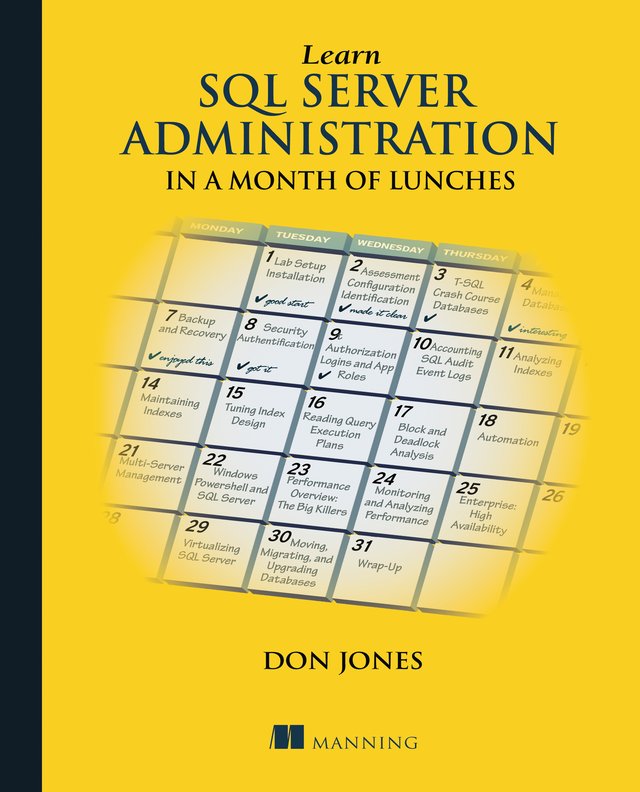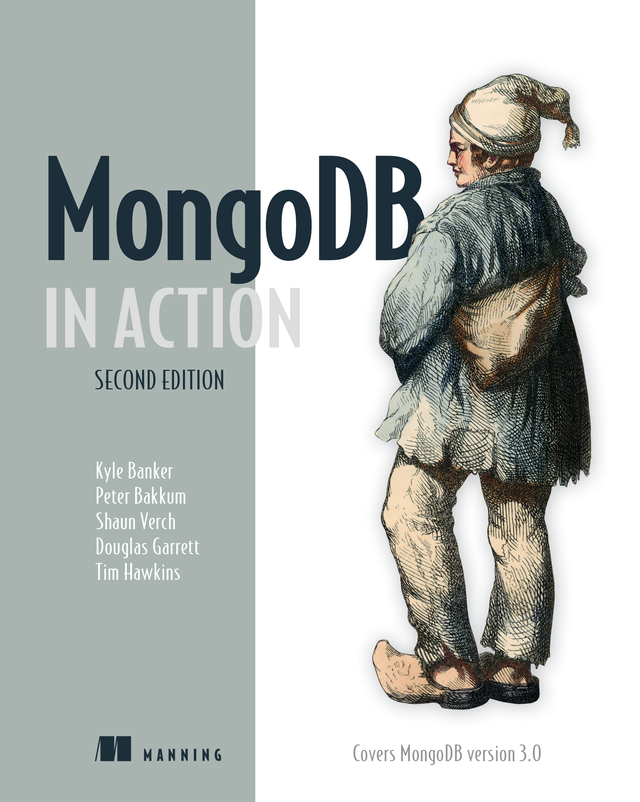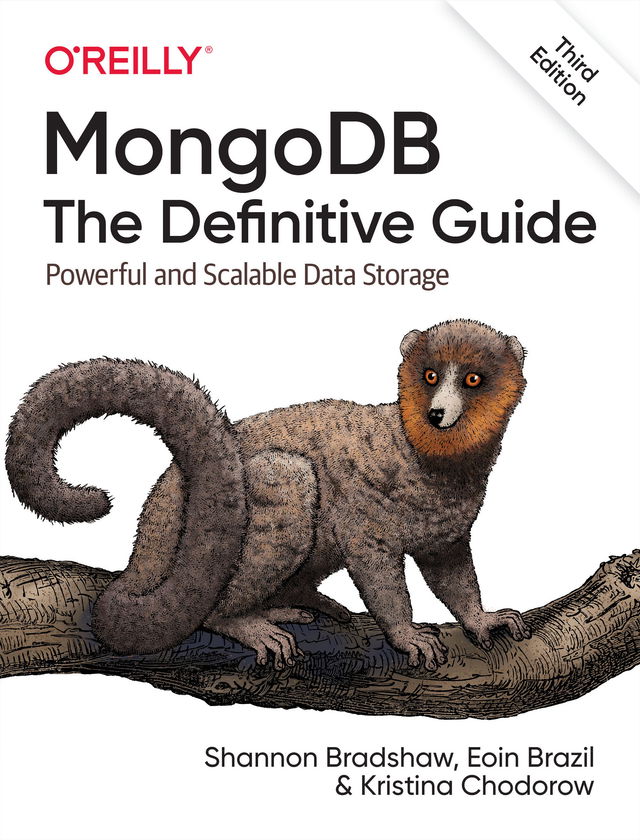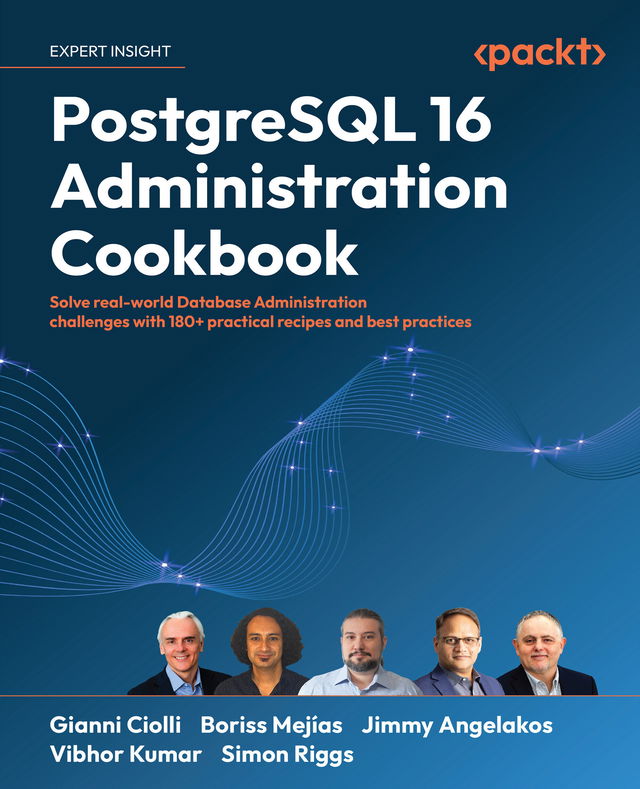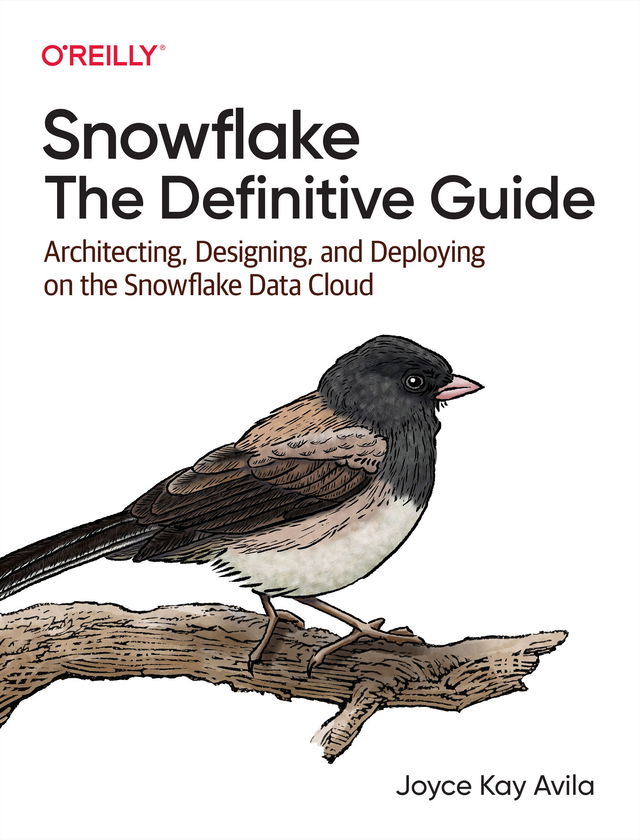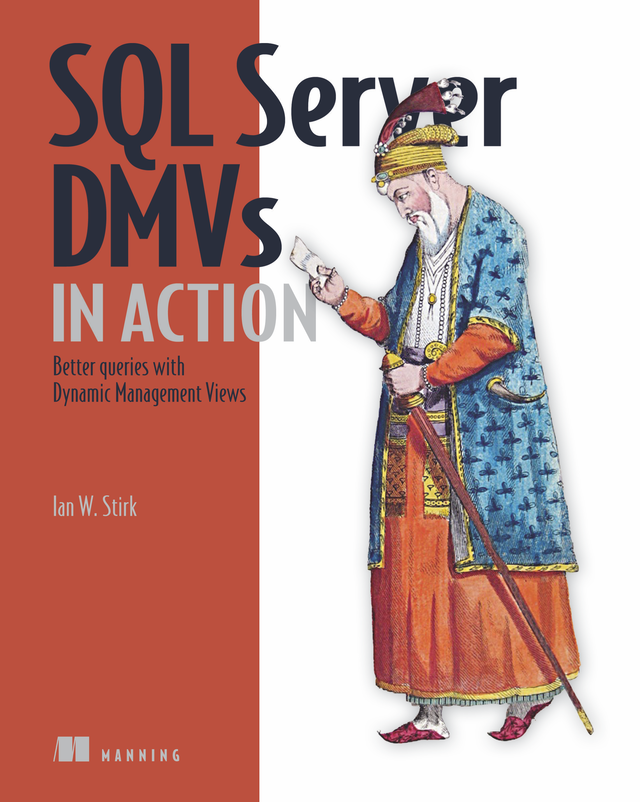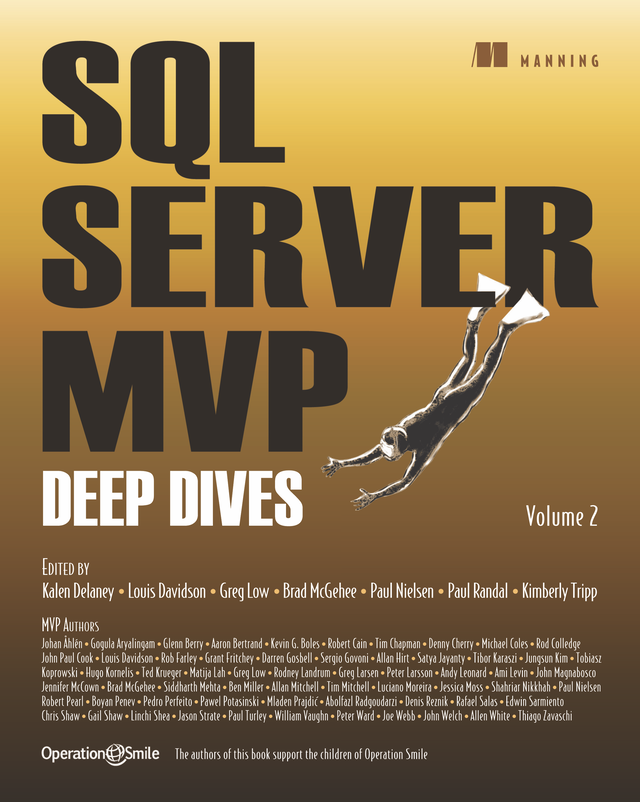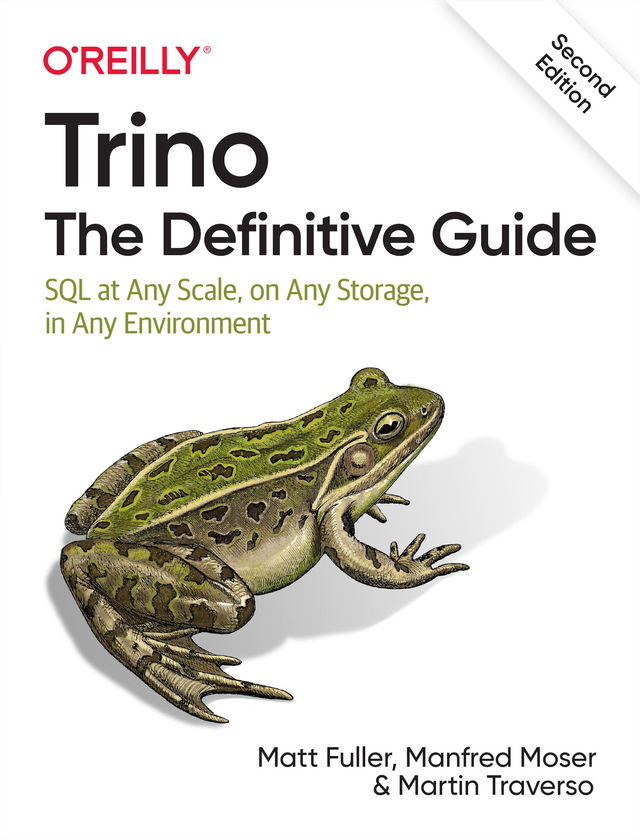The Snowflake Data Cloud is one of the fastest-growing platforms for data warehousing and application workloads. Snowflake's scalable, cloud-native architecture and expansive set of features and objects enables you to deliver data solutions quicker than ever before.
Yet, we must ensure that these solutions are developed using recommended design patterns and accompanied by documentation that’s easily accessible to everyone in the organization.
This book will help you get familiar with simple and practical data modeling frameworks that accelerate agile design and evolve with the project from concept to code. These universal principles have helped guide database design for decades, and this book pairs them with unique Snowflake-native objects and examples like never before – giving you a two-for-one crash course in theory as well as direct application.
By the end of this Snowflake book, you’ll have learned how to leverage Snowflake’s innovative features, such as time travel, zero-copy cloning, and change-data-capture, to create cost-effective, efficient designs through time-tested modeling principles that are easily digestible when coupled with real-world examples.
What you will learn
- Discover the time-saving benefits and applications of data modeling
- Learn about Snowflake’s cloud-native architecture and its features
- Understand and apply modeling techniques using Snowflake objects
- Universal modeling concepts and language through Snowflake objects
- Get comfortable reading and transforming semistructured data
- Learn directly with pre-built recipes and examples
- Learn to apply modeling frameworks from Star to Data Vault
Who this book is for
This book is for developers working with SQL who are looking to build a strong foundation in modeling best practices and gain an understanding of where they can be effectively applied to save time and effort. Whether you’re an ace in SQL logic or starting out in database design, this book will equip you with the practical foundations of data modeling to guide you on your data journey with Snowflake. Developers who’ve recently discovered Snowflake will be able to uncover its core features and learn to incorporate them into universal modeling frameworks.
